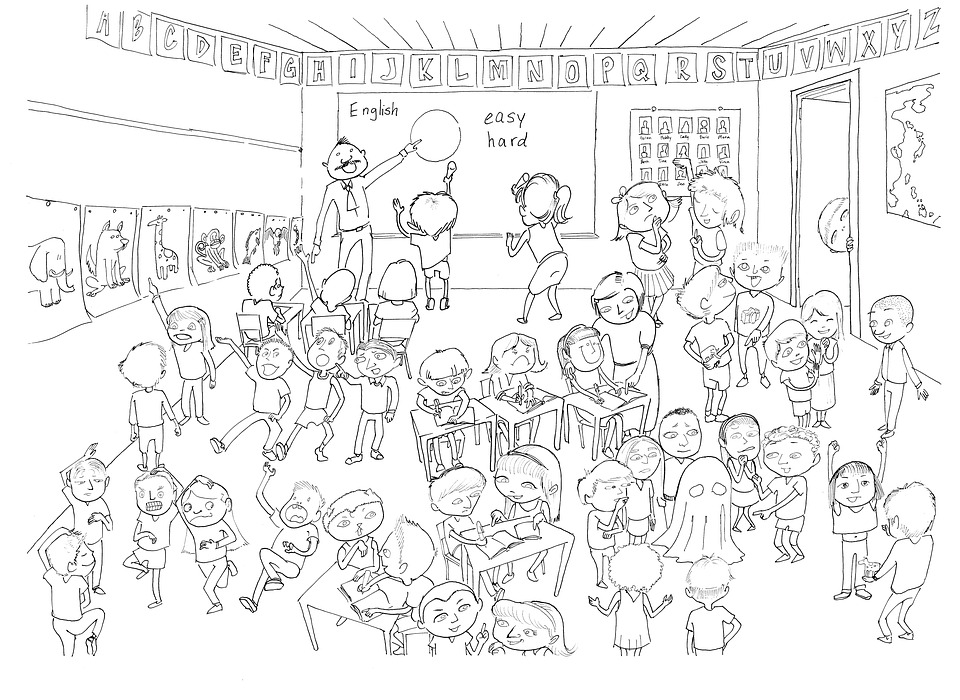Activating Your Language Learning Activities
Do your students seem disinterested in the language learning activities that you provide them? Do the language learning activities in your coursebook seem to have little effect in improving your students’ language proficiency? Rather than quickly concluding that it is the students’ fault for not listening, we should first take a look at the activities themselves to see if they were actually well designed in all aspects. And there are many aspects to consider in making a language learning activity that is a really good language learning activity.
Appropriateness
— Is the activity appropriate for the students’ proficiency level?
Written text or recorded material that is beyond the students’ level of understanding will be disheartening and demotivating. Material that is below their proficiency level can be thought of as childish and therefore not be motivating for students to even participate.
— Is the activity appropriate for the students’ age?
Exposing young learners to video material that includes graphic killings, or the blood and violence of so many of today’s movies, in addition to being repugnant and not resulting in any language learning, could also be emotionally disturbing.
— Is the degree of difficulty of the activity appropriate?
Even though the language level of a task may be appropriate and the content is a good match for the students’ age, asking young learners to plan a curriculum for a university major would most likely result in failure, while asking them to plan a birthday party could be surprisingly successful. A good activity is challenging, but able to be successfully completed, giving the students a sense of pride in being successful while learning!
Language Considerations
— Does the activity involve working with the target language (L2) in some manner?
Sometimes the teacher gets so involved in making a language learning activity fun that they forget to include the use of the target language, or any language, as a requirement to successfully complete the activity.
— Does the activity focus on some aspect of the target language or of language learning?
Though a language activity may incorporate several or many aspects of language use in the course of completing the activity, there should be one, or very few, aspects of the language that the activity is particularly designed to focus on. It may be the past perfect tense, adverbs of frequency, the pronunciation of /z/, making requests, using reading strategies, or a combination of these suggestions. Every activity should have a clear, attainable goal that the student is made aware of.
— Are the instructions to the activity clear?
The easiest way to make an activity fail is to not make the instructions clear. Whether written out or given orally, the instructions should be at the learners’ proficiency level, clear, concise, and in chronological order. It is always helpful for the teacher to model the activity for the students, or do a dry run with a couple of students in front of the class.
Getting the Juices Moving
— Is the activity on a topic of interest to the students?
Learning is much more likely to occur, and will occur faster and more effectively, if the topic is one that the students are interested in. Accordingly, it is important for the teacher to discover in advance where the students’ interests lie.
— Is the procedure of the activity enjoyable?
It is not enough to just have an interesting topic, if the action involved in the activity is not pleasant, the activity will have little effect. That action may be in a board game, a song or dance, a skit, or just talking with a classmate.
— Is the activity engaging?
Similar to the above, a good activity is engaging. By this I mean that the students should want to continue with the activity, even when the teacher wants to wrap the activity up, even when the end-of-class bell rings.
— Does the activity create a sense of agency in the learner?
Agency is created by allowing students to have a sense of them having control rather than only the teacher. This can be achieved by giving students choices: which activity to do, how many students in a group, etc.
Deepening Understanding
— Does the activity involve inquiry?
Rather than spoon-feeding information to our students, we should create environments in which they can discover new knowledge: constructing meaning, constructing grammar rules, understanding differences in intonation and in structures. Project work is great for inquiry and problem-solving.
— Does the activity involve critical thinking?
Critical thinking is a life skill as well as a language skill. We can foster it by creating materials in which students need to consider the parts to infer an answer rather than be given it. Example text: He hopped on the combine and headed towards the wheat field. Questions: What is he going to do? What season is it?
— Does the activity involve interaction?
Interaction is essential to language acquisition – first and second. Our activities should involve students using the target language to communicate with the teacher and with each other in pair work, group work, and project work.
— Does it relate to the real world?
As educators, we are expected to prepare students for the real world. If our language learning activities mirror real-world situations, we can prepare them all the more for life outside of the language learning classroom rather than just inside the classroom.
Keeping these characteristics in mind when creating your next language learning activity will put you and your students a quantum leap ahead of the teacher who decides to “just have them play Uno.”



